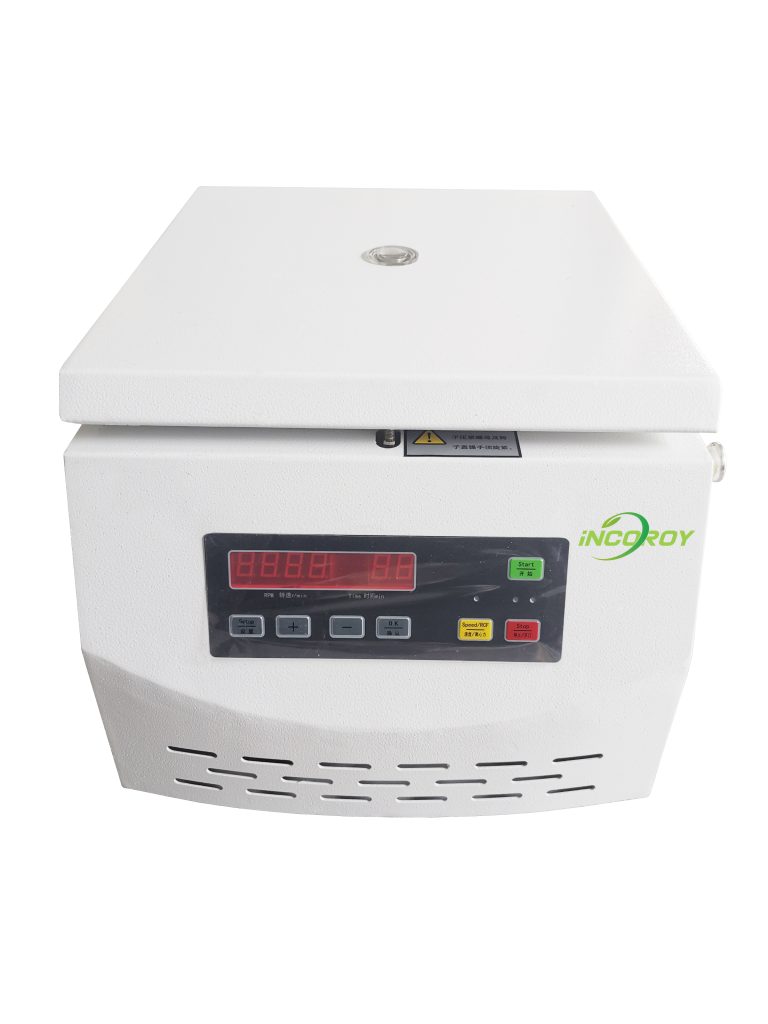The development of centrifuges

Medical centrifuges are mainly used to separate active components of blood and separate solutions bound to proteins or antibodies. Its speed accuracy and stability directly affect the results of medical experiments and doctors’ judgment of diseases. With the continuous development of motor manufacturing technology and motor control theory, the centrifuge speed controllability accuracy is getting higher and higher, and the ability to maintain a stable speed is getting better and better. Medical low-speed centrifuges are required to have high anti-interference capabilities in the field of blood products to ensure that the materials meet the standards for later research and application and to improve the quality of the products.If permanent magnet synchronous motor control wants to achieve high-precision and high-quality control of the system, it is necessary to obtain the rotor position information during real-time operation. A common strategy for obtaining rotor speed and position information is to install mechanical sensors. However, the installation and use of mechanical sensors will have an impact on the system: First, the price of mechanical sensors is determined based on accuracy. The higher the accuracy, the higher the price, which increases the system cost. Secondly, due to the rotation of the mechanical sensor, the size of the motor increases. Moreover, if the installation is improper, the measurement accuracy will be reduced, and affected by the external environment and its own conditions, the system reliability will be seriously reduced when it is in unfavorable conditions. In order to improve system reliability, environmental adaptability, control accuracy and production costs, position sensorless technology can be used. This technology can completely solve the impact of installing sensors and has become a research hotspot in the field of motor drive control.